July 1963: Six young men — we were all 20, engineering students at the University of London — traveled through Bulgaria en route to Istanbul, scaring each other silly by reading aloud Bram Stoker’s 1897 novel Dracula. Much of the the plot was set in nearby Transylvania, and we were sleeping outside on a tarp, easy prey for bloodsucking night stalkers.
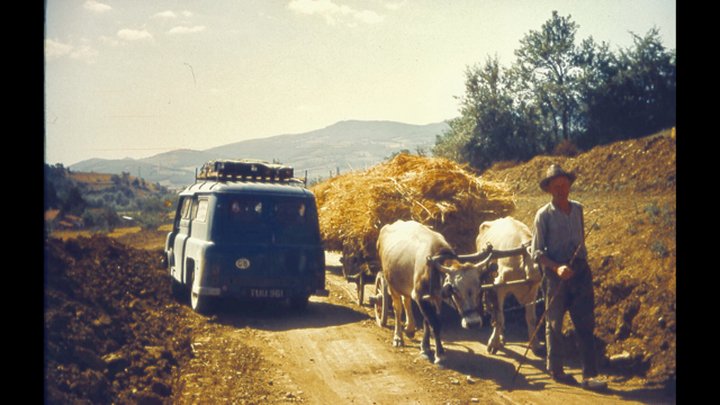
In 1963, most of the main west-east road through Bulgaria was an unpaved challenge for our old Bedford van. (Barry Evans)
Now Louisa and I are actually in Transylvania — have been for the past six weeks — and we sleep easy in airbnbs, appreciate modern plumbing, good cycling roads, fine food, fast internet, frequent (but slow) trains and friendly locals. Not a vampire in sight, no wolves howling in deep forests, nothing to suggest that the story of the most famous villain of all time is set in this land. With over 200 movies to his credit (and many more featuring other vampires), a thousand books and multiple TV series, Dracula is an industry in his own right. Not forgetting Sesame Street’s beloved Count von Count (“I love to count!”), modeled on Bela Lugosi’s 1931 movie portrayal.

Bela Lugosi as Count Dracula (unknown photographer, public domain)
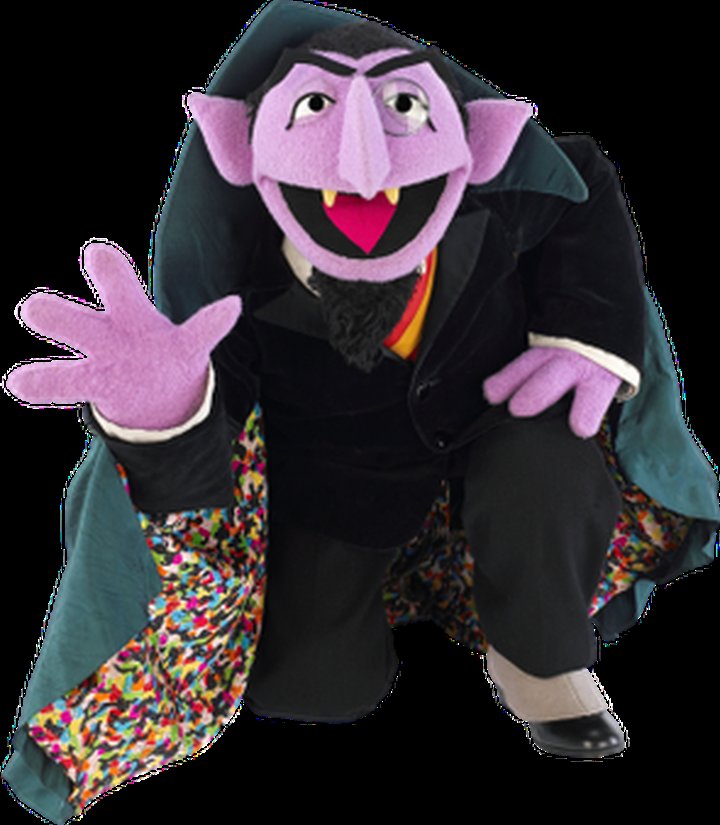
Count von Count (fair use)
It was all a bit of a mistake. Bram Stoker (1847-1912) was a transplanted Dubliner who had a successful career in London managing the Lyceum Theatre. He wrote fantastic novels on the side, competing with the likes of literary giants such as H.G. Wells, Conan Doyle and Robert Louis Stevenson. The vampire theme (including a lesbian vampire) had been used by previous writers, so his proposed novel “The Dead Un-Dead,” featuring Count Wampyr as its antagonist, would have been just another in a long line of quickie reads for the Victorian public.
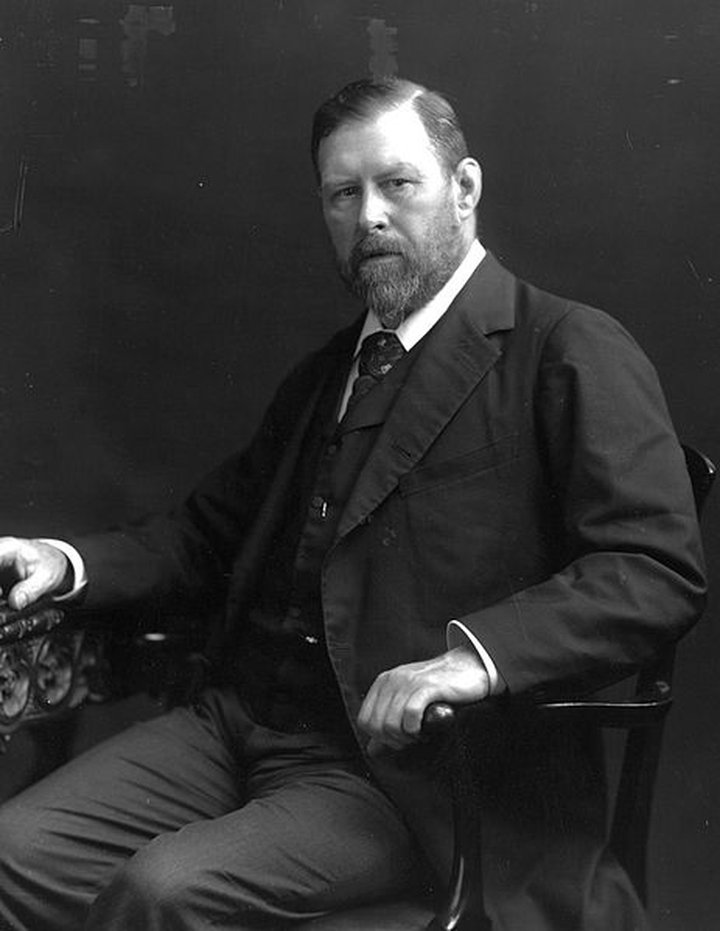
Bram Stoker (unknown photographer, public domain)
Shortly before publication, though, Stoker stumbled on the name “Dracula” (he was researching in the Whitby, Yorkshire, library — Whitby plays a prominent role in his plot) in an old book on the countries that would become Romania at the end of WWI. The writer referenced Vlad II of Wallachia, who in 1431 joined other European knights in The Order of the Dragon, a mutual defense pact against Turkish invaders. Hence Dracula (“the Dragon”). His son, the infamous Vlad III, better known as Vlad Tepes (Vlad the Impaler) adopted his dad’s title, signing himself Vlad Dracula.
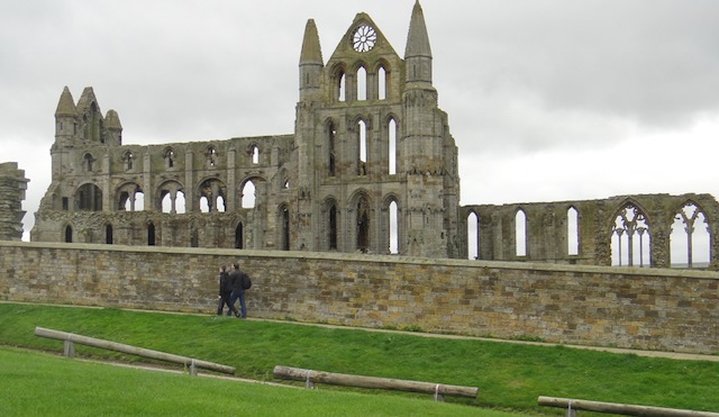
“Whitby Abbey, which was sacked by the Danes … It is a most noble ruin, of immense size, and full of beautiful and romantic bits; there is a legend that a white lady is seen in one of the windows.” From Mina Murray’s diary in Dracula. (Barry Evans)
But this was about all Stoker knew about Vlad III — we know that from his copious research notes, made over a seven-year period, discovered in the 1970s. He references him once in the novel, in passing, with no mention made of Vlad’s proclivity to impale his victims (supposedly 20,000 if old Saxon records are to be believed) on stakes, anus to mouth: slow excruciating death, one imagines. He’s still considered a hero here, a master of psychological warfare.
Actually, even with a killer title and main character, Dracula was just one more run-of-the-mill Gothic horror until the book was adopted by early movie makers. Since then, the list of stars playing the undead, bloodthirsty (literally) Count reads like a who’s who of character actors, including Bela Lugosi, Max Schreck, Christopher Lee, Gary Oldman and Frank Langella.

Dracula’s birth house in Sighisoara, Romania, so the plaque claims. (Barry Evans)
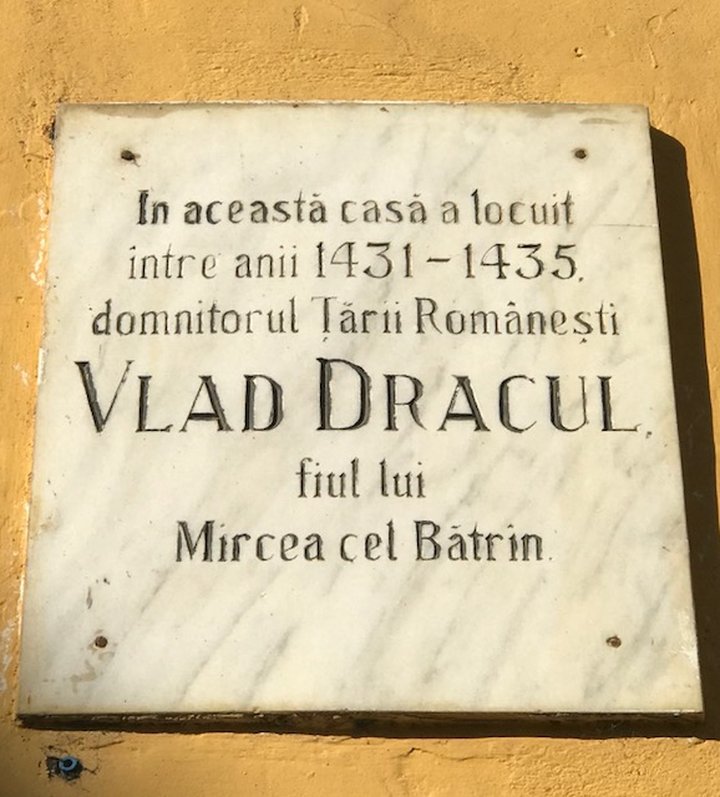
This hasn’t escaped the notice of tourist offices here in Romania, who are happy to arrange visits to “Dracula’s Castle” (Castle Bran, in which Vlad III was briefly imprisoned); Sighisoara where he was born (according to a plaque on the outside of an old house; for 5 lei/$1.25) you can see the room where he was born!); Poenari Castle (which Vlad did re-fortify). Not forgetting all the associated kitsch for sale here — vampire mugs, fangs, capes, t-shirts, fake blood, the whole caboodle.
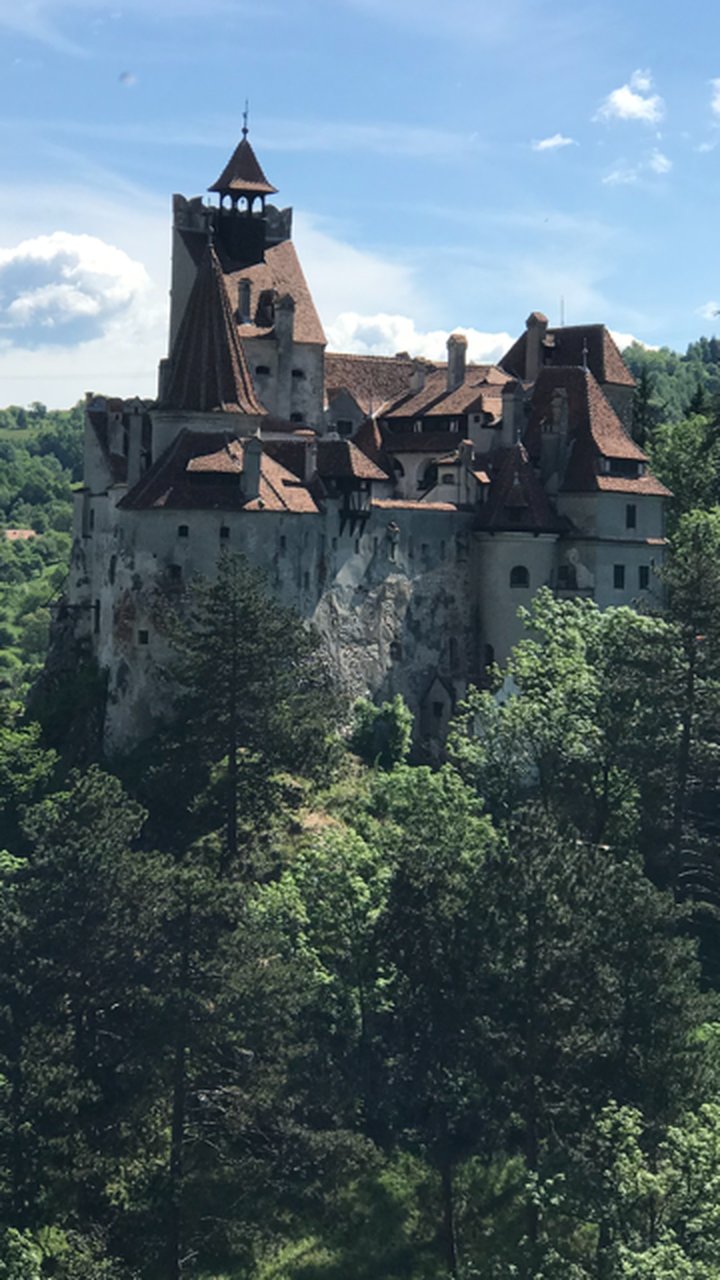
Castle Bran (Barry Evans)
I’ve just been invited to give a talk on Dracula on Halloween this year at the Aquatic Center. Which poses a question in my mind: do I tell the truth or the legend? I’ll probably take guidance from the newspaper editor in The Man Who Shot Liberty Valance: “When legend becomes truth, print the legend.”
CLICK TO MANAGE